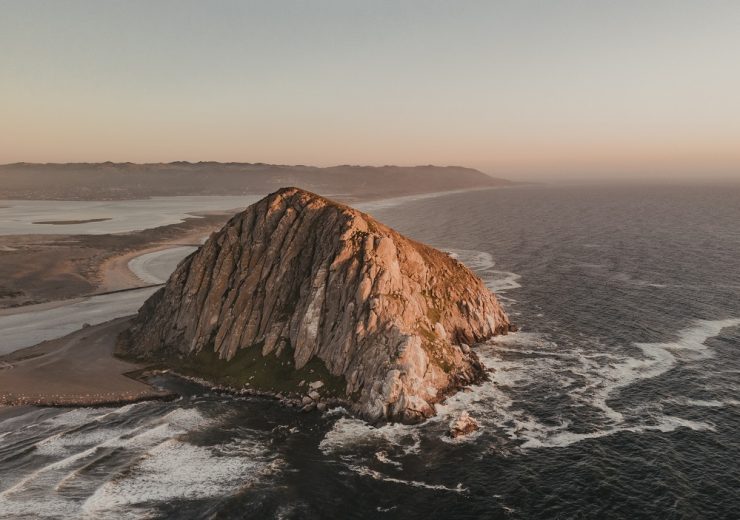Two areas offshore California have been designated for wind energy leasing and development, with floating turbines to be used in the West Coast's deep waters

The largest leasing area will be located northwest of Morro Bay in California (Credit: Sarah Dokowicz/Unsplash)
Waters off the coast of California have been opened up for commercial wind power leasing for the first time in the latest push by the US administration to accelerate an offshore industry in the country.
Officials have identified two areas – Morrow Bay 399 and Humbolt Call – offshore central and northern California that could accommodate up to 4.6 gigawatts (GW) of new wind capacity, enough to power 1.6 million households.
Following an Intergovernmental Renewable Energy Task Force meeting in June to further discuss the identified areas, they will undergo environmental assessment and tribal consultation before being merged for a single lease sale auction, which is targeted for mid-2022.
Due to the logistical challenge of the deep waters off the US West Coast, floating turbines have been identified as the preferred solution for the projects.
Floating offshore wind remains a relatively minor industry, with existing applications yet to achieve significant commercial scale, although efforts are underway to advance the technologies that will support the sector’s growth.
The US has invested more than $100m through the Department of Energy’s ARPA-E programme into research and development projects for floating technologies, according to a White House briefing.
This week, GE previewed a turbine design it is developing with ARPA-E funding that it hopes will provide a breakthrough to making the sector more commercially viable by making the structures lighter, less expensive, and capable of adapting to changing ocean conditions.
Heather Zichal, chief executive of the American Clean Power Association, said opening up Californian waters to development presents an opportunity for the state to become “a global leader in floating offshore wind technology”.
She added: “This agreement is a crucial first step for the industry, which will help unlock investment and will set up the West Coast for an even bigger floating offshore wind industry in the future.”
Offshore wind leasing in California will have to compromise with military training operations
In March, the Biden administration set a target to build 30GW offshore wind this decade as it advances a low-carbon transformation of the US energy system, but early interest in the sector has been primarily focused on the East Coast where shallower ocean conditions are more favourable to deployment.
The 800-megawatt (MW) Vineyard Wind I project off the coast of Massachusetts secured federal approval earlier this month, becoming the country’s first commercial-scale offshore wind farm to do so. Other projects off the New York coast are also advancing towards final approval.
Previous attempts to jumpstart offshore wind on the West Coast have stalled in the face of opposition from the US military, which regularly carries out training and testing exercises offshore California in the Pacific Ocean.
Planning will still need to work around these activities, although the Department of Defense says it is now “committed” to working alongside the government to support renewable energy development that is compatible with its naval operations.
“Tacking the climate crisis is a national security imperative and the Defense Department is proud to have played a role in this important effort,” said Dr Colin Kahl, under secretary of defense for policy.
Of the two areas, Morro Bay 399 is the largest, capable of supporting 3GW of wind installations over a 399-square-mile area offshore central California.
“Developing offshore wind to produce clean, renewable energy could be a game changer to achieving California’s clean energy goals and addressing climate change – all while bolstering the economy and creating new jobs,” said the California governor Gavin Newsom, whose state is targeting a zero-carbon energy system by 2045.
Erik Milito, president of the National Ocean Industries Association, said for any US offshore wind strategy to be a success it must include California, the most populated state in the US.
“Opening the door to development offshore California will prime the Pacific Coast to be another American offshore wind hub and economic driver and will enhance American wind leadership,” he added.
